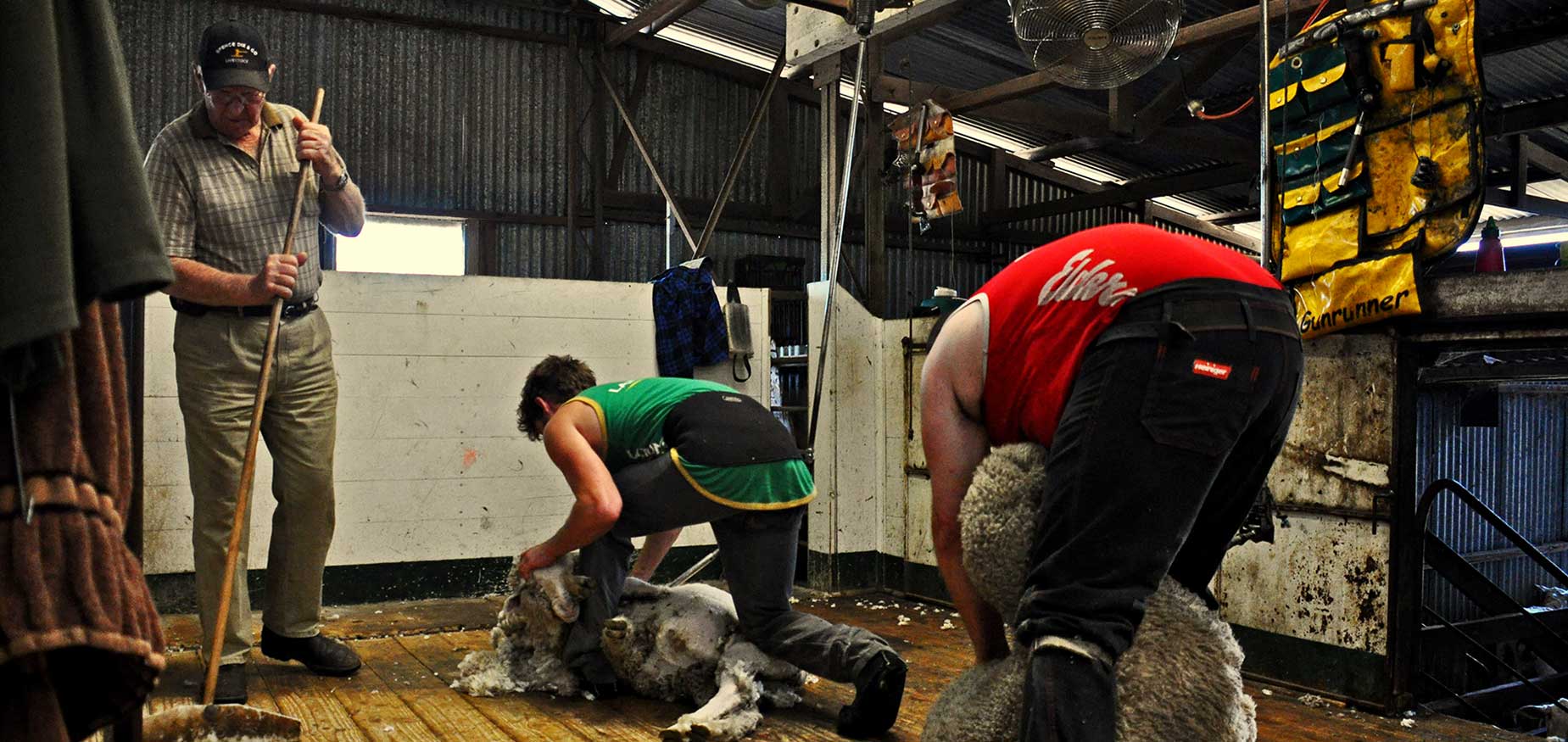Nitrate and nitrite poisoning can be a danger to grazing sheep this time of the year. Nitrate or nitrite poisoning occurs when sheep consume a feedbase high in nitrates. Nitrates in sheep are normally converted to nitrites by the microbes in the rumen and then to ammonia which is belched out or detoxified by the liver. When nitrate intake is too high or nitrites are not converted to ammonia, poisoning occurs.
There are a number of factors/conditions that may contribute to an increase in nitrate concentrations in forages, they include:
- Plant growth following dry or drought conditions
- Cool temperatures and frosts
- Cloudy days
- Heavy or recent applications of nitrogenous fertilisers
- Herbicide application
- Moisture stress
- Low plant available sulphur and molybdenum
- Areas where urine and faeces have accumulated (e.g. yards or sheep camp areas).
High risk pasture or crop species are numerous, including but not limited to annual ryegrass, lucerne, sub clovers, oats, wheat, barley, millet and
kikuyu. Weeds are also problematic, for example capeweed, mintweed, caltrop, marshmallow and fat hen are all capable of accumulating nitrates. This
does not exclude other pasture species or crops from being toxic. Nitrates will tend to be more elevated in younger plants with the highest concentration
in the bottom third of the plant material.
Nitrogenous fertilisers, such as urea, are important during the establishment of crops and pastures and following grazing to maximise dry matter yields
and produce quality feed. This can compound the potential issue of nitrate/nitrite poisoning with levels of nitrates at their highest 7-14 days after
the application of a nitrogenous fertiliser. Producers should remove sheep from a pasture for a minimum of 3 weeks and possibly up to 5 weeks depending
on conditions post application of a nitrogenous fertiliser on any feedbase.
The availability of vitamin A to sheep is reduced as a result of nitrates or nitrites. Vitamin A is important for a number of reasons, including ram
and ewe fertility, foetal viability, lamb survival, vision (in particular night vision), bone and teeth growth and deficiencies in vitamin A predispose
ewes to mastitis.
Hungry animals or animals that have not had time to adapt to a new fodder source are at far greater risk of nitrate poisoning as they will tend to
consume more feed, giving the microbes no time to adapt. Sheep that are consuming a feed source that is high in energy have microbes that are better
able to convert nitrates to nitrites and then ammonia as a result. Animals that are stressed or in poor health, such as drought-affected sheep, are
more susceptible to nitrate/nitrite poisoning.
Hay made from forage that is high in nitrates will remain high in nitrates. Silage will often have lower nitrate levels (40-60% less) as a result of
fermentation.
Testing plant samples for nitrates is possible by laboratory analysis although the turnaround time for results may result in lost grazing time. Alternatively
there are numerous nitrate/nitrite test strip kits available which will give you an immediate indicative answer. Keep in mind that the paddock sample
needs to be representative of what the sheep are consuming; remember sheep are often selective grazers, often consuming the more palatable species
first. Plants that contain more than 1.5% nitrate are potentially dangerous.
Sheep placed in a new, potentially high risk, paddock should be monitored for signs of nitrate/nitrite poisoning such as scouring, salivation or sudden
death. Supplementary feeding with hay or grain that has low levels of nitrates can help dilute the intake of nitrates by sheep, and if high in energy
assist the rumen microbes in dealing with high levels of nitrates/nitrites. Remove the mob immediately from the paddock if signs of toxicity occur.
It is important to seek veterinary advice if nitrate/nitrite poisoning is suspected. Obtaining a diagnosis by a vet through an autopsy and laboratory
analysis is important as the symptoms may be as the result of another sheep health condition.





